On the 13th of June 2019 a merry band of botanists, curators, historians, bibliographers, students – and the odd librarian or two – descended on the Old Library at Magdalen College, Oxford for a one-day workshop on the art of scientific illustration in the early-modern period, with a particular focus on botanical woodcuts and engravings.
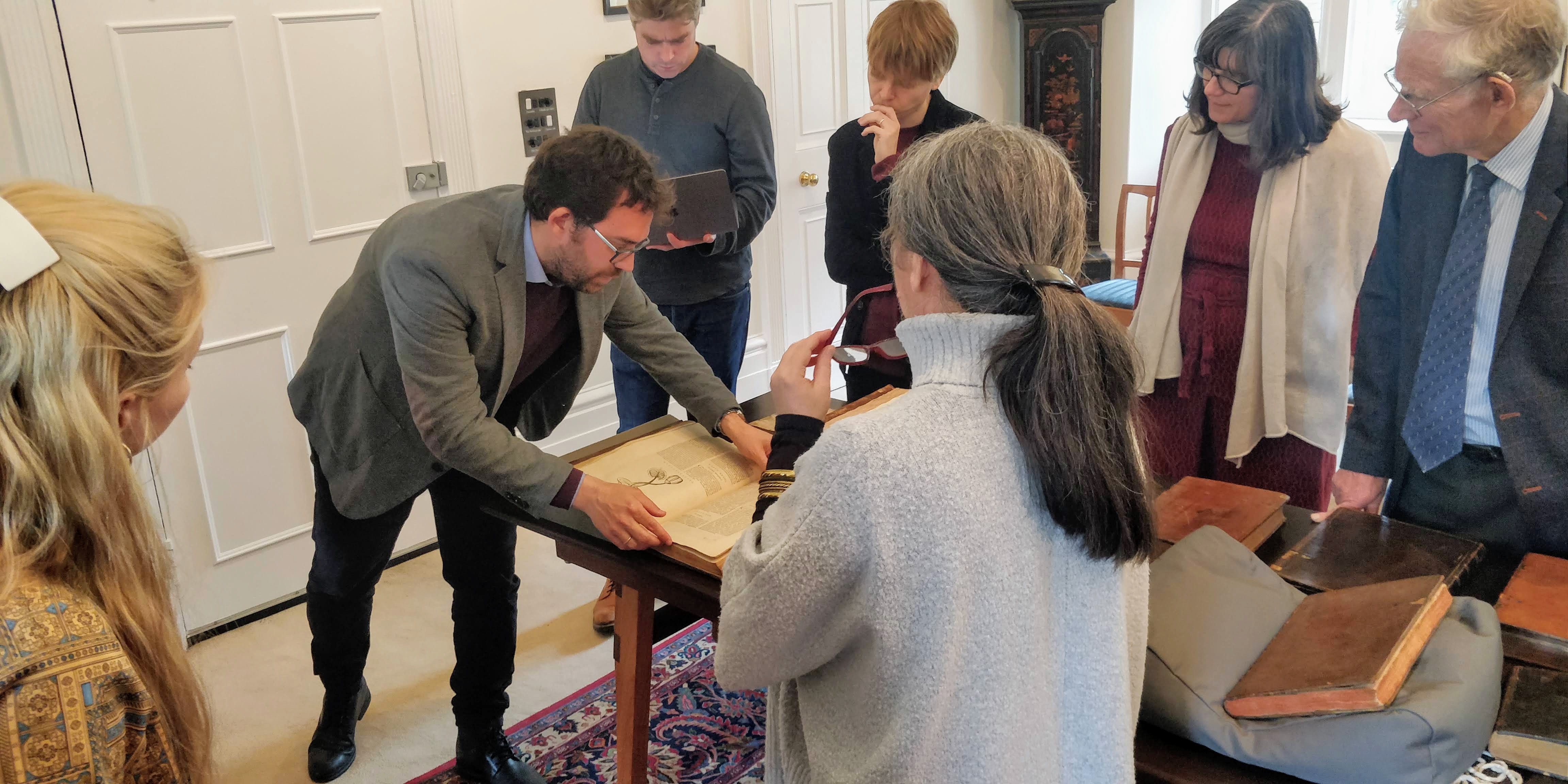
A truly humbling number of rare and early-printed books had been prepared ahead of the event by our host, Librarian Daryl Green, and the day began with some opening remarks from Dr José Marcaida, Lecturer in Art History at the School of Art History, University of St Andrews. Dr Marcaida spoke a little on the importance of illustration in the intellectual milieu of seventeenth-century Spain, before setting us loose on the buffet of books on display.
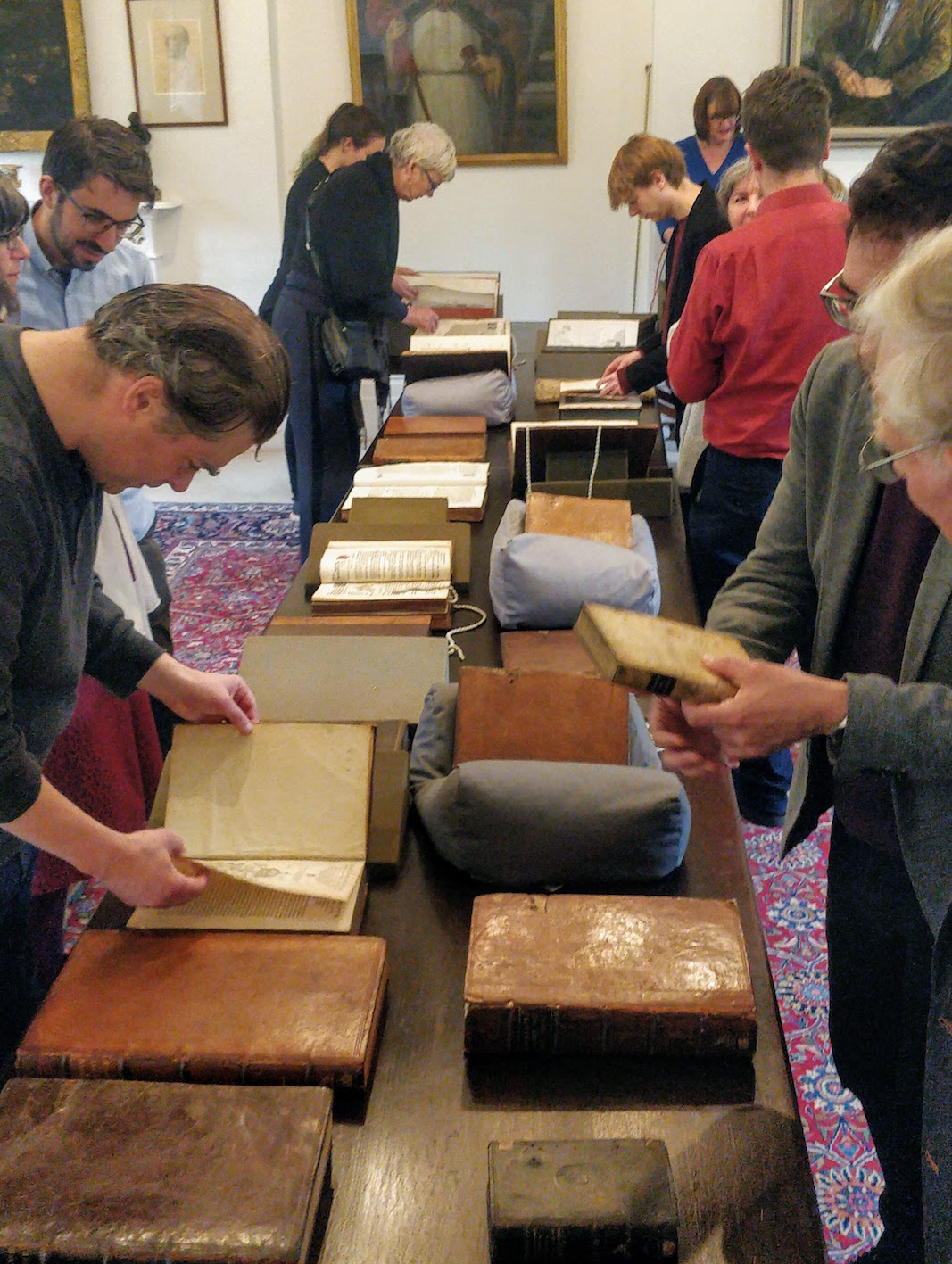
There followed an inspection of the material, with little groups falling into deep discussions around individual items. It was refreshing to be able to interact directly with the books, and the varied background of the attendees led to some lively and tangential conversations. I was struck by the many varied uses to which botanical illustrations were put during the early-modern period, from fifteenth-century herbals used as medicinal guides, to “improving” compendiums for a largely female audience, to prestige works of great beauty and expense.
Particular highlights include an edition of Gerard’s Grete Herball of 1597, a 1667 copy of Robert Hooke’s Micrographia, and a copy of Francisco Hernandez de Toledo’s work on the flora and fauna of Mexico, Nova plantarum, animalium et mineralium Mexicanorum historia (1651). Dr Marcaida was particularly engaging on this latter work, pointing out the eye-catching use of non-Western iconography by the indigenous artists who illustrated this monumental survey.
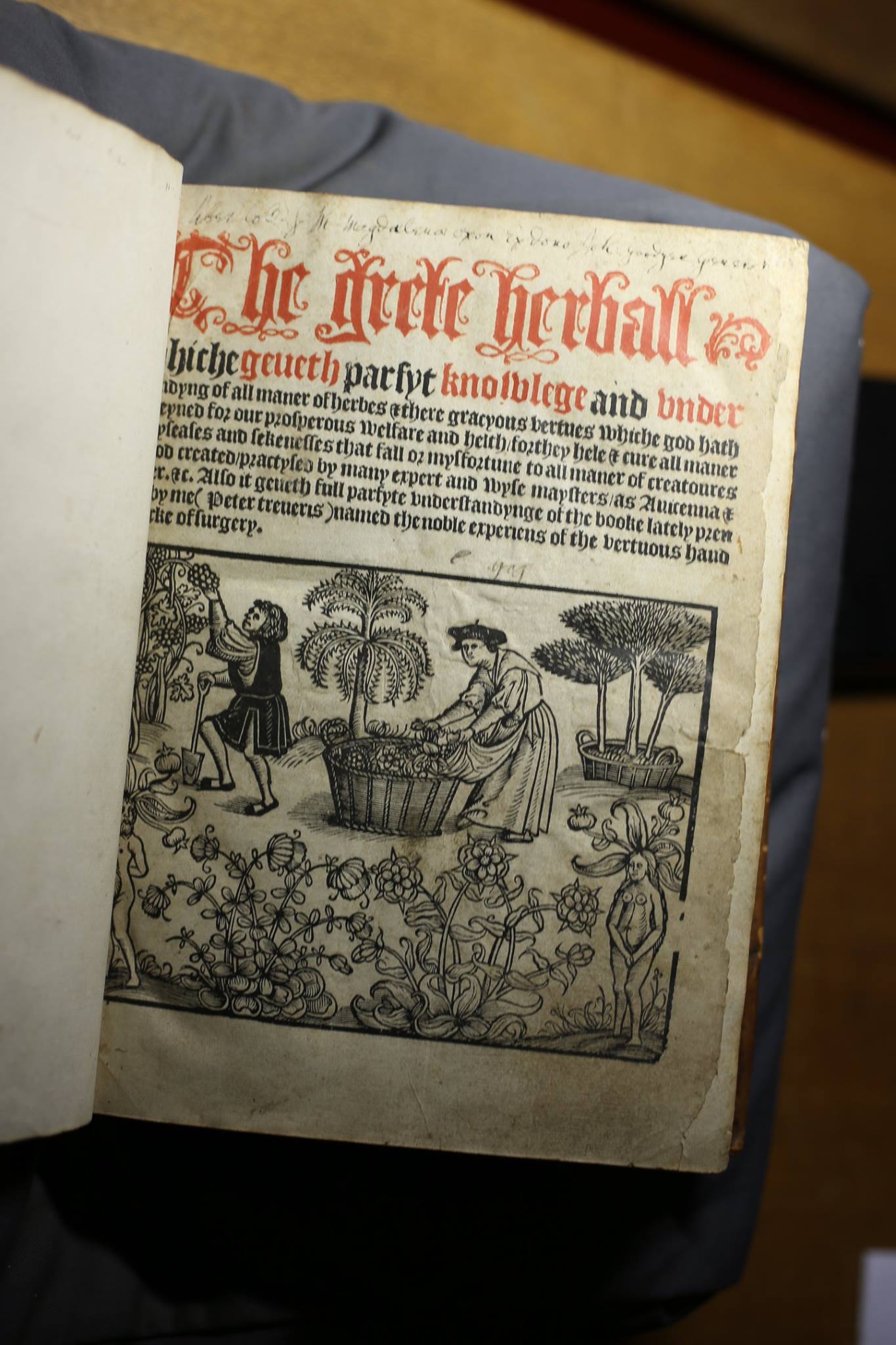
After much enjoyable rummaging among the books, we were treated to a private viewing of the College’s new exhibition, “The Botanist’s Library”. Run as part of the University-wide Thinking 3D programme of events and exhibitions, Magdalen’s exhibition showcases the life and library of John Goodyer (a seventeenth-century botanist and physician who bequeathed his handsome private library of some 134 volumes to the College on his death).
The exhibition paints a portrait of an enthusiastic amateur botanist who did much to propagate botanical knowledge and understanding during his lifetime, creating botanical descriptions of many species (including the Jerusalem artichoke, memorably described as causing “a filthie loathsome stinking winde within the bodie”) and assisting with the production of a new edition of Gerard’s Herbal in 1633. A poor draughtsman (sometimes laughably so), Goodyer was nonetheless an inveterate creator of lists and indexes. In some ways he rather resembles our own Carl Linnaeus, whose passion for the organisation of information was not matched with any great skill with a pencil. Goodyer’s accounting zeal extended to his books, and meticulous notes record the price and purchase-date of new acquisitions. This provides a fantastic resource to scholars of early-modern science, botany, and the book-trade, and warrants closer scrutiny.
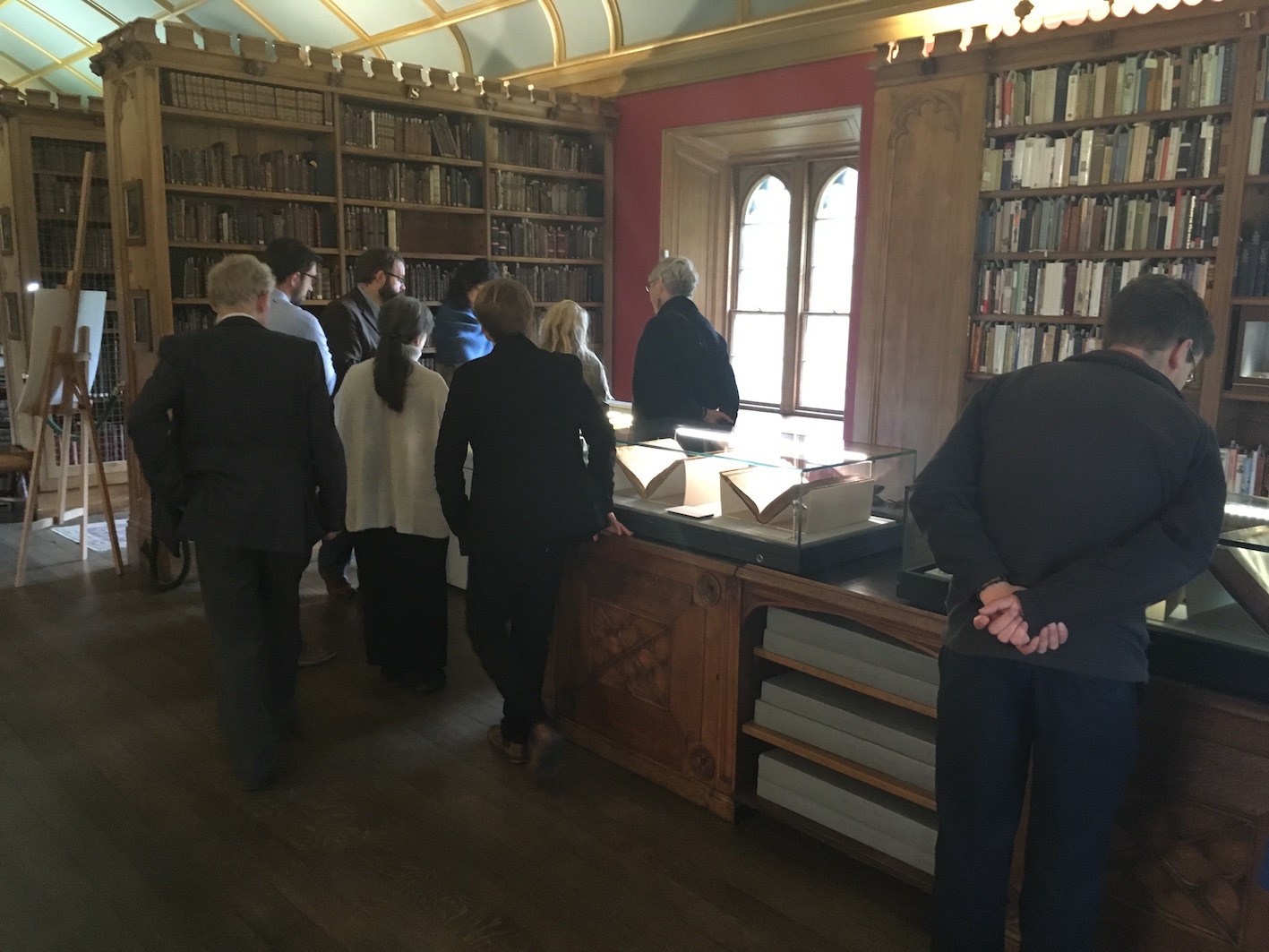
In the afternoon, our group crossed the road to the Oxford Botanic Garden, where we were led on a tour of the recently-installed “taxonomic” beds. Chris Thorogood, Deputy Director and Head of Science at the Gardens, explained the rationale behind the physical arrangement of plants into taxa, and the challenges of growing such a diverse range of plant species in the rather damp environs of Oxford. Indeed, some of the beds were at a very early stage of development, although the first to greet visitors (the angiosperms, or flowering plants) was a riot of variety and colour.
To round off the day, we were led on a guided tour of the Botanical Garden’s indoor exhibition, entitled “Flower to Frame”. Also run in tandem with Thinking 3D, this exhibition explores the art and science of botanical illustration through history, and featured a carefully curated selection of prints, herbarium specimens, 3D teaching models, and original artworks.
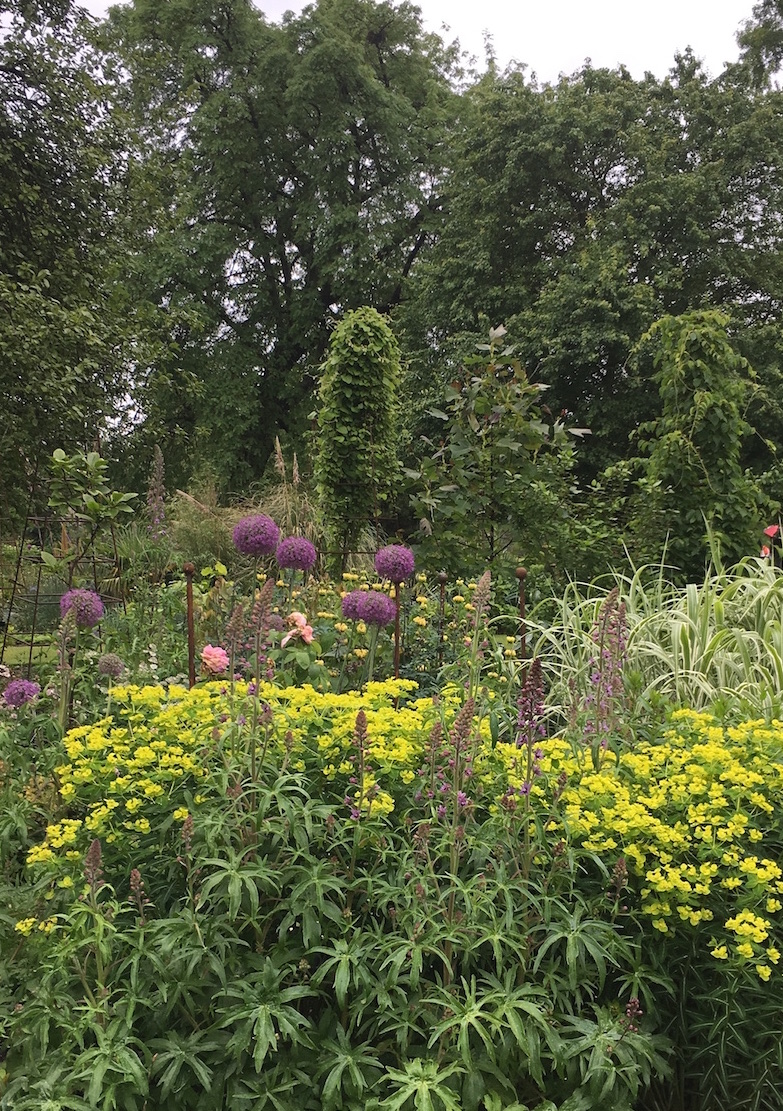
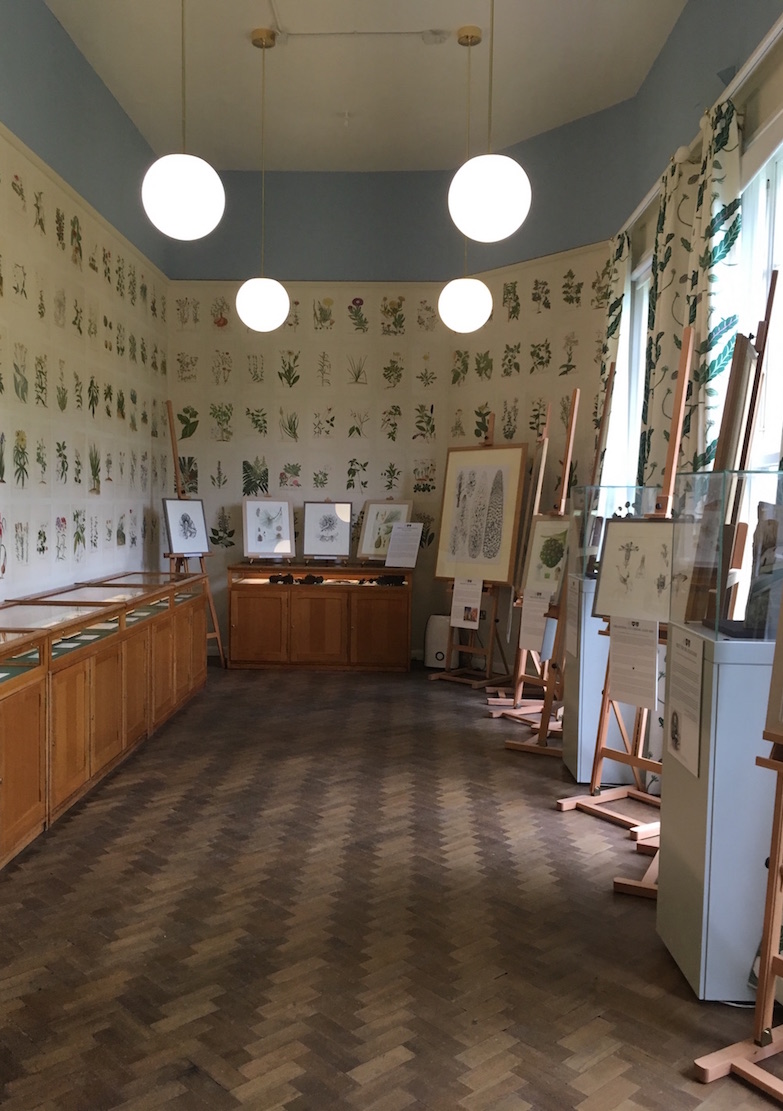
All in all, the botanical workshop at Magdalen was a wonderful opportunity to interact with a wide variety of scholars and students, united by a shared interest in botany, illustration, and knowledge-transmission in the early-modern period. Fuelled by a huge selection of wonderful items, and two fantastic exhibitions, our conversations were rich, varied, and thought-provoking. I would like to thank Daryl Green and Magdalen College Library & Archives; Chris Thorogood and the Oxford Botanic Garden; and the other attendees. I look forward to a return visit!
The Botanist’s Library is open in the Old Library at Magdalen College, Oxford every Wednesday, 2-4:30pm, until 31 August 2019. Entry is free with admission to the college (£6 for adults, concessions available). Flower to Frame is on display in the Herbarium Room at the University of Oxford Botanical Garden every week from 10am to 4pm, Thursday to Sunday, until 31 August 2019.
